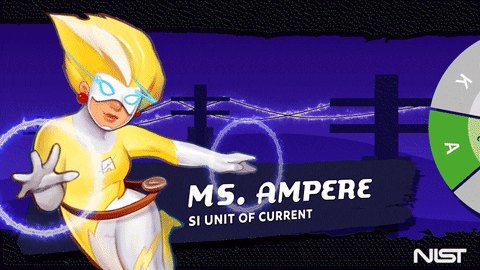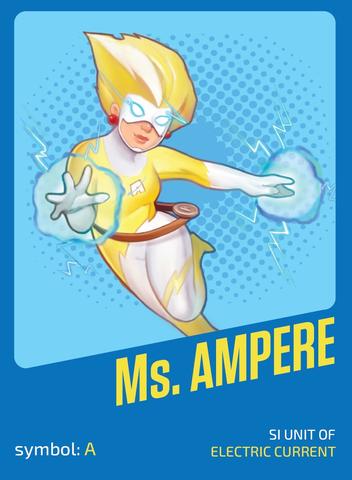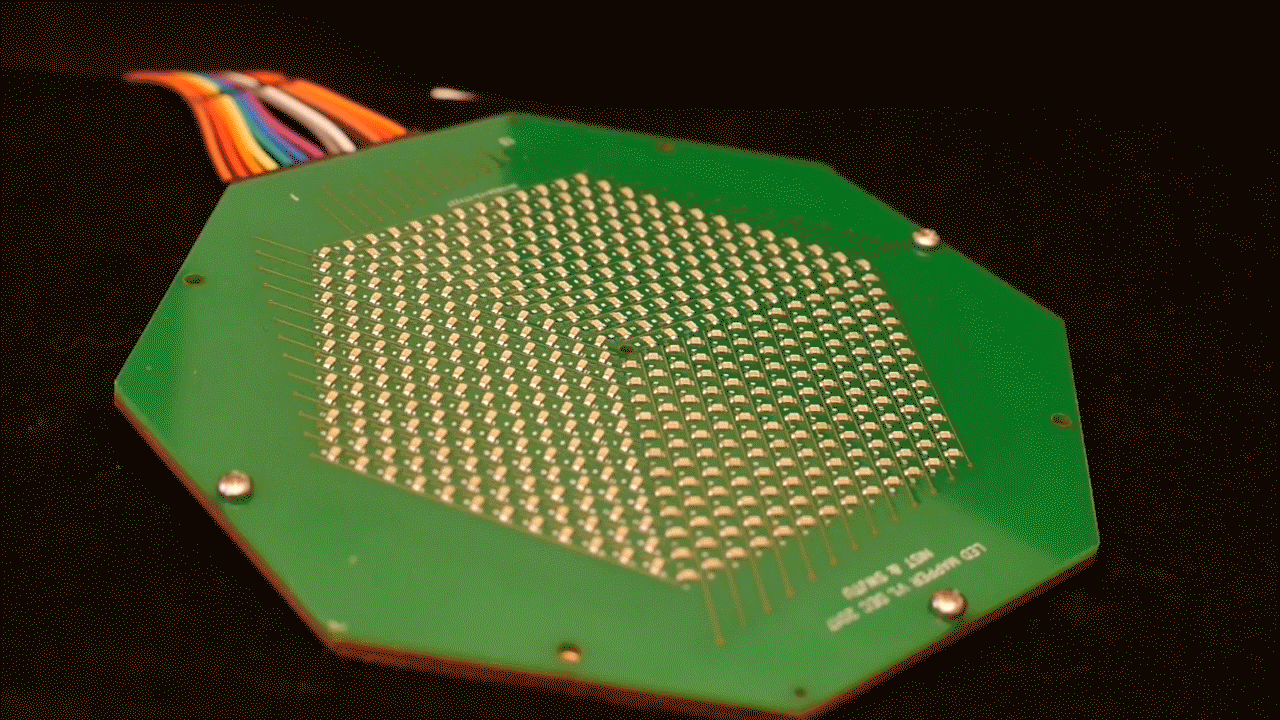SI Units – Electric Current


The ampere is defined by taking the fixed numerical value of the elementary charge e to be 1.602176634 × 10−19 when expressed in the unit C, which is equal to A s, where the second is defined in terms of ∆νCs.
The SI unit of electric potential difference is the volt (V) 1 V = 1 W/A.
The SI unit of electric resistance is the ohm (Ω). 1 Ω = 1 V/A.

When spelled out in full, unit names are treated like ordinary English nouns. Thus, the names of all units start with a lower-case letter, except at the beginning of a sentence or in capitalized material such as a title. In keeping with this rule, the unit symbols for ampere are a capitalized "A" and volt is capitalized "V" because both unit names are based on the names of scientists.
Andre Marie Ampere (1775 - 1836) Name endures in everyday life in the ampere, the unit for measuring electric current. These biographical website can help you learn more:
Alessandro Volta (1745 - 1827) Name endures in everyday life in the volt, the derived unit for measuring electric potential and also the inventor of the first battery. These biographical website can help you learn more:
- Engineering and Technology History Wiki
- Massachusetts Institute of Technology (MIT) Libraries
- Spark Museum of Electrical Invention
Resources for Students and Teachers
Teachers: Top 10 Tips for Teaching the Metric System. (NIST)



League of SI Superheroes – Ms. Ampere
This comic book-style video animation series has been developed to help middle school students learn about the 7 SI base measurement units. Ms. Ampere has a shocking amount of power over the flow of electrons—electrical current. In practical terms, an ampere is the measure of the flow of electrons past a point—about 6 quintillion electrons (that's a 6 followed by 18 zeros!) per second.
Navigate to more SI base unit information

EXPLORE THE METRIC PROGRAM
Becoming Familiar with SI | Everyday Estimation | U.S. Metrication FAQs | Prefixes | Metric Kitchen | SI Education and Training | SI Publications | Understanding Metric | Writing with Metric Units | National Metric Week | NEST-R (STEM Registry) | NIST Education Resources
Contacts
-
Metric Program



